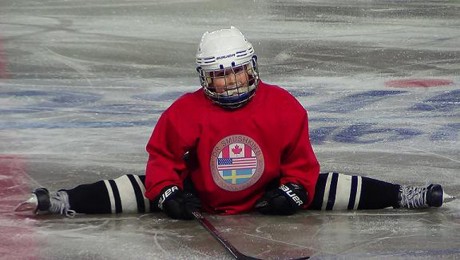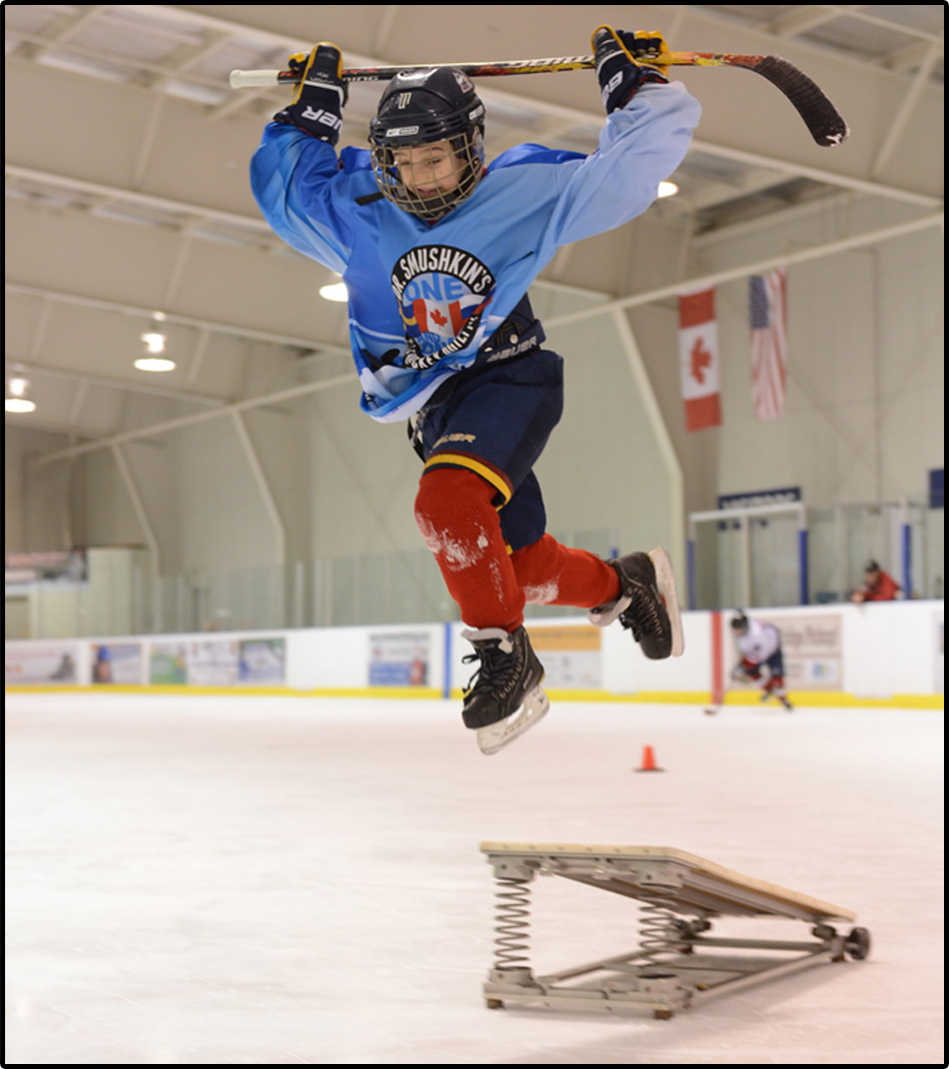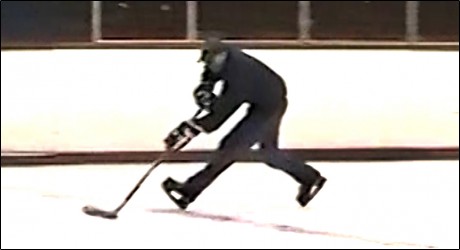3. Dexterity & Agility Development
Individual skills & gaming drills
Let’s start with a definition of training gaming “group” skills. Board group gaming graphics drills- schema of player’s actions is positional, tactical or strategic game guide. This guide it can help to overcome the opposing team only at the levels of junior or adult hockey. But children are not fully developed young men and their process of growth is faster and different than adults. This fact challenge is impossible, it can only be ignored.
In children’s hockey, “the coaching board guide, – illusion and loss of training time”. Children hockey players need the “individual technical gaming skills, and not in the game group drills charts”. Before coaching the “team joint actions in the game”, coaches have to develop the young player’s individual technical and physical skills.
In children’s hockey, most coaches are volunteers do not possess, the necessary skills and knowledge to teach young players to “perform and not to play”. For your information, in the Russian Hockey Federation to this day there are no volunteer coaches.

Children’s hockey has three levels of development in primary and precompetitive skills: first, agile skating, second, agile skating with stick and third, agile skating with stick and puck dexterity. Who will instruct and demonstrate for children, these individual skills in a progressive level format? Former goalies, defensemen and offensive players certainly will not as they are position specialists!
Speed, quickness and precision of movement of players attracted to us, as well as the unpredictability of the elements of surprise and play resourcefulness are key fundamentals of the game. In short, the real thrill of the game comes from the individual mastery of game skills, not the winning team. Philosophy of victories or defeats in kid’s hockey breeds only “army of hockey fans” mentality.
Another objective fact is that children play on arenas for adults and the size of the gate for adults too and not for children. Also, the size and weight of the puck is for adult hockey. Even curve of the stick blade (from 1960) for adults and not for kids. These artificial conditions (there are many more) cannot serve as an objective assessment “wins & defeats” in a children’s hockey. In this regard, the real game of hockey begins with adolescence, and not with the child, whether we like it or not.
Agility is the most effective physical protection “weapon against hooligans’ tactics”. Slashing, high sticking and hitting from behind now dominate children’s hockey. Meaning agile gaming skill with dexterity cannot be overestimated. Why don’t coaches practice the development of agile gaming skills during practices?
Perhaps it is human nature not to show their lack of professional teaching knowledge. Many coaches still believe – to be a good hockey player is simple enough to be a big, tough, energetic “accelerator” and dominate the game. But their opinions on these issues are from a bygone era!

“Pyramid of agile body development” has three levels: agile skating, agile skating with a stick and agile skating with stick and puck dexterity. The first and second levels are developing specific technical skills that are required immersed six characteristics:
equilibrium in two and on one skate, slowing down and stopping slip on two and on one skate, skate on the edges of the skates, turns on two and on one skate, rotation on two and on one skate and high jumps. The third level of the pyramid has two additional features: passing the puck techniques and target-hitting the puck.
Biomechanical laws of sportsmanship show how to “rationally, efficiently and economically” train: symmetry skills movements, orientation in space, control of gravity on different edges of the skate, the development of muscle strength elasticity, rhythm and tempo of movements, speed and acceleration to reach the top of the individual skills mastery. All children and their parents dream about it.
Let’s give everyone what they want!
Whether we like it or not, today’s hockey coaches must be “first teachers” of young hockey players, and only then be “coaches”. Someone has to help them update their outdated knowledge and skillset.
At the moment, I’m developing the first of its kind sport Video Encyclopaedia of all individual athletic and technical exercises I created from 1973 to the present days for young players and team-group training. More information you will see on new portal 2 – Dr.Smushkin’s “College for Hockey Knowledge”
(You can view Dr.Smushkin’s skills)

|
Previous
|
Questions
|
Next
|
